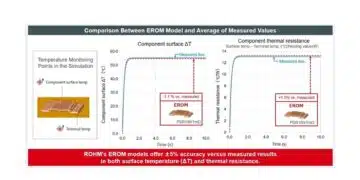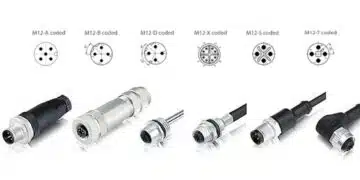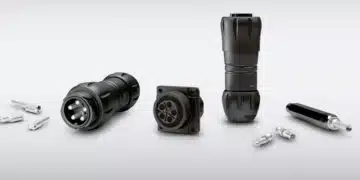source: EurekAlert news
The group lead by Prof. Paul C. McIntyre at Stanford University has recently developed a new methodology to observe in situ local conductivity changes on resistive electrodes of memristors.
Memristors are nanosized electronic devices that can be used to fabricate next generation memories, and to build up electronic synapses for neuromorphic computing. A memristor consists on a metal-insulator-metal nanocell, in which electrical impulses are applied between the electrodes to modulate the resistivity of the insulator. In this way, a high and a low resistivity state can be intentionally and cyclically induced, which can be used to simulate the ones and zeros of the binary code. The resistivity changes are generated due to local atomic rearrangements produced by the electrical field applied, but understanding this phenomenon is very challenging because i) it takes place in very small areas, and ii) it happens at the insulating stack, which is buried in the top electrode.
The group lead by Prof. Paul C. McIntyre at Stanford University has recently developed a new methodology to observe in situ these local conductivity changes. The method consists on replacing the top electrode by a conductive liquid electrolyte, which can be polarized to stress the insulator. After the stress, the electrolyte can be rinsed and the surface of the insulator is scanned via conductive atomic force microscopy. The nanoscale studies have been carried by Prof. Mario Lanza’s group, and reveal the formation of local spots with diameters below 4 nm that are responsible for the conductivity change. By tuning the conductivity of the liquid electrolyte, this method even allows distinguishing the contribution of electrical field and thermal heat into the currents generated.
featured image:
(left) schematic of the ionic liquid experiment. (center and right) topographic and current maps obtained with the CAFM after the ionic liquid stress. The CAFM is able to detec a single conductive spot within a circular area with a diameter of 20 micrometers. Source: Experimental Lanzalab































